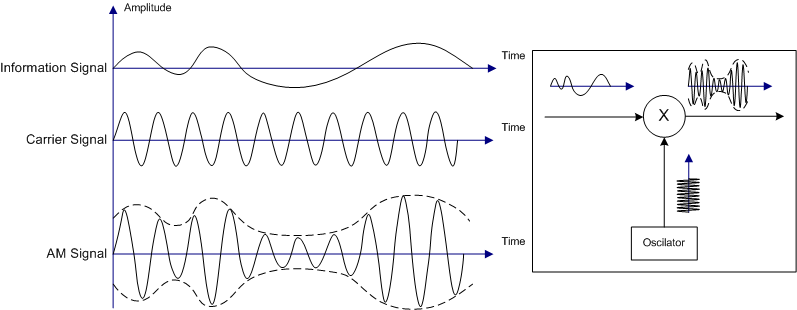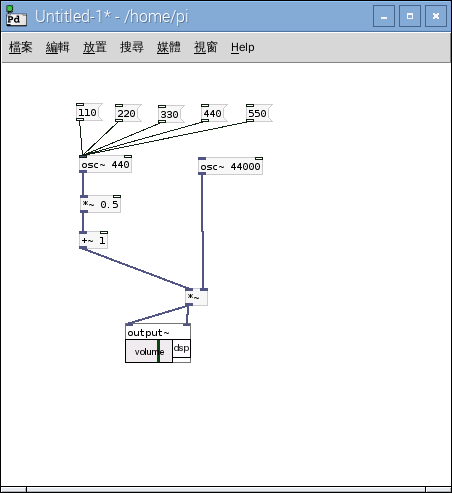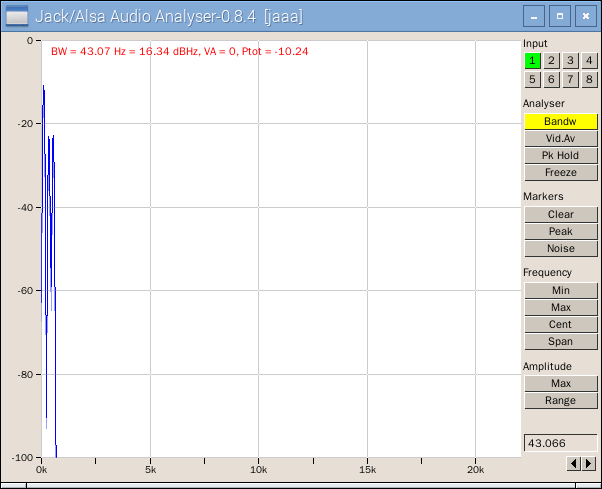若問『音樂』與『數學』有關嗎?無論這關係似深似淺,最終總得回到『人』的『覺知』身上!若思『天真』只屬於『童年』嗎??當『好奇心』隨著年齡成長而漸行漸遠,彷彿必然墜入『社會』之『同化』的窠臼!!雖說總覺得,這句話
『音樂』是有聲的『數學』,『數學』是無聲的『音樂』。
是愛因斯坦講的,卻也不得不用『有人說』︰
在《【Sonic π】聲波之傳播原理︰原理篇《四下》》一文中我們談到了『駐波』的形成,之後又說明了『樂器』製造通常需要『共振腔』 的放大。事實上『調和序列』 ![]() ,與『調和級數』
,與『調和級數』 ![]() 的『調和』之名源於『樂理』中的『泛音』 overtone 和『泛音列』 harmonic series。一首『樂曲』從『數學』上講,就是一個個『音符』構成的頻率序列,在『時序』上『和諧』的展開,因此才有人說︰『音樂』是有聲的『數學』,『數學』是無聲的『音樂』的啊!我們如果自『遞迴關係式』所比之擬之『相空間』的『符號動力學』來看,或許它該說是『物理』中的『音符動力學』的吧!
的『調和』之名源於『樂理』中的『泛音』 overtone 和『泛音列』 harmonic series。一首『樂曲』從『數學』上講,就是一個個『音符』構成的頻率序列,在『時序』上『和諧』的展開,因此才有人說︰『音樂』是有聲的『數學』,『數學』是無聲的『音樂』的啊!我們如果自『遞迴關係式』所比之擬之『相空間』的『符號動力學』來看,或許它該說是『物理』中的『音符動力學』的吧!
即使由『調和平均數』一詞來說,假使 ![]() 是一個『調和序列』的第
是一個『調和序列』的第 ![]() 項,那麼任意兩項的『調和平均數』
項,那麼任意兩項的『調和平均數』 ![]() 就是
就是 ![]() ,所以
,所以 ![]() 。於是『調和序列』中任意連續的三個數
。於是『調和序列』中任意連續的三個數 ![]() 『全部』都構成了『調和平均數』之『關係』
『全部』都構成了『調和平均數』之『關係』 ![]() 。因此這就是『為什麼』那個『調和序列』會被稱之為『調和』的了。現實裡,大概也只有大自然中,那不期而遇的『山光水影』之『漸層』 的『美』,方能夠與之『匹配』的吧!!
。因此這就是『為什麼』那個『調和序列』會被稱之為『調和』的了。現實裡,大概也只有大自然中,那不期而遇的『山光水影』之『漸層』 的『美』,方能夠與之『匹配』的吧!!
引自《【Sonic π】電路學之補充《四》無窮小算術‧中下中‧下》
來遮掩褪色的記憶,終究無法於浩瀚書海中撈出一句話的耶?!
然而不管『抽象』以及『具體』都能觸動人『心』,引發不同的『視野』觀察宇宙人生之萬象。因此偶然的想到『振幅調變』
Amplitude modulation
Amplitude modulation (AM) is a modulation technique used in electronic communication, most commonly for transmitting information via a radio carrier wave. In amplitude modulation, the amplitude (signal strength) of the carrier wave is varied in proportion to the waveform being transmitted. That waveform may, for instance, correspond to the sounds to be reproduced by a loudspeaker, or the light intensity of television pixels. This technique contrasts with frequency modulation, in which the frequency of the carrier signal is varied, and phase modulation, in which its phase is varied.
AM was the earliest modulation method used to transmit voice by radio. It was developed during the first two decades of the 20th century beginning with Roberto Landell De Moura and Reginald Fessenden‘s radiotelephone experiments in 1900.[1] It remains in use today in many forms of communication; for example it is used in portable two way radios, VHF aircraft radio, Citizen’s Band Radio and in computer modems.[citation needed] “AM” is often used to refer to mediumwave AM radio broadcasting.
Fig 1: An audio signal (top) may be carried by a carrier frequency using AM or FM methods.
Simplified analysis of standard AM
Consider a carrier wave (sine wave) of frequency fc and amplitude A given by:
 .
.
Let m(t) represent the modulation waveform. For this example we shall take the modulation to be simply a sine wave of a frequency fm, a much lower frequency (such as an audio frequency) than fc:
 ,
,
where M is the amplitude of the modulation. We shall insist that M<1 so that (1+m(t)) is always positive. If M>1 then overmodulation occurs and reconstruction of message signal from the transmitted signal would lead in loss of original signal. Amplitude modulation results when the carrier c(t) is multiplied by the positive quantity (1+m(t)):
In this simple case M is identical to the modulation index, discussed below. With M=0.5 the amplitude modulated signal y(t) thus corresponds to the top graph (labelled “50% Modulation”) in Figure 4.
Using prosthaphaeresis identities, y(t) can be shown to be the sum of three sine waves:
Therefore, the modulated signal has three components: the carrier wave c(t) which is unchanged, and two pure sine waves (known as sidebands) with frequencies slightly above and below the carrier frequency fc.
Illustration of Amplitude Modulation
───
難道『概念』上不就是種『包絡產生器』嗎??!!突然過去組裝收音機的熱情湧上心頭。心想那時哪有這時的電腦,即便說樹莓派的吧!可以用『數位』的方式來處理『類比』訊號?何不試試看的呢!!??看看『 Pd 』⊕ 樹莓派『小盒子』到底是行還是不行的耶?!
於是本著 Pd 程式例子的『慣例』頻率
A440
A440是440赫茲的聲音音調,西方音樂上,此音為標準音高。西方樂理中,A440乃是中央C上方的A音符(參照A4)。
1939年,一個國際會議提出,把中央C上方的A定為440赫茲。到了1955年,國際標準化組織採用了這個標準,將其訂為ISO 16(1975年,此組織重新確認了這項標準)。從此,A440就成為鋼琴、小提琴以及其他樂器的頻率校準標準。
在過去,鋼琴調音就是使用標準音高,經由人耳聆聽比較來調整鋼琴的音準。調音師感受鋼琴上某一鍵所發出的聲響並與標準音高參照,然後調整鋼琴的音高(藉由調整琴弦的鬆緊)直到與標準音高相合。
一個調音師能分辨的最小的頻率偏差與受到很多因素影響,包括音量、音的長短、頻率變換的速度以及調音師的訓練程度。然而,最小可覺差常常被定義為五音分。(分的定義為:欲調整的音與相鄰兩音的頻率差的1/100)
現在的調音師多有藉助於調音器。調音器為一電子儀器,當接收到聲波震動時,會顯示其音高,調音師再依此調整鋼琴音高。
在電影Phantasm中,The Tall Man對於此頻率感到不適。
───
為主,寫了一個簡單的補丁
觀察了頻譜
玩玩弄弄中度過了一段快樂的時光。

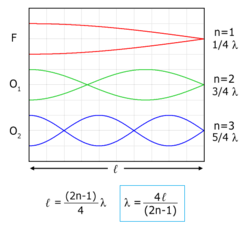

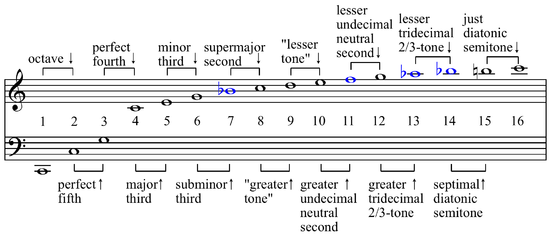


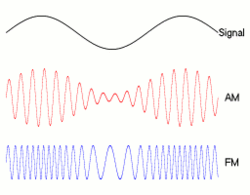

![= [1 + m(t)]\cdot c(t) \,](https://upload.wikimedia.org/math/a/2/c/a2c3cc7febcb13a24495274319bd6730.png)
![= [1 + M\cdot \cos(2 \pi f_m t + \phi)] \cdot A \cdot \sin(2 \pi f_c t)](https://upload.wikimedia.org/math/3/d/9/3d96e992b9e94194dace10fe42fe45da.png)
![y(t) = A\cdot \sin(2 \pi f_c t) + \begin{matrix}\frac{AM}{2} \end{matrix} \left[\sin(2 \pi (f_c + f_m) t + \phi) + \sin(2 \pi (f_c - f_m) t - \phi)\right].\,](https://upload.wikimedia.org/math/8/a/a/8aac05f9aceaf90faadc45f830b52dd9.png)
